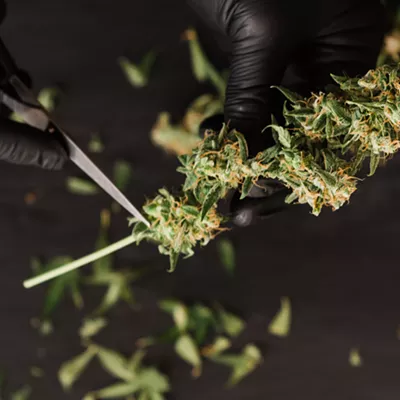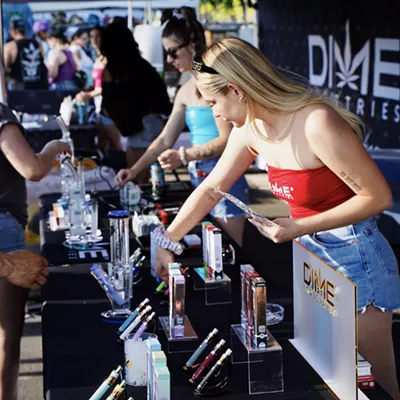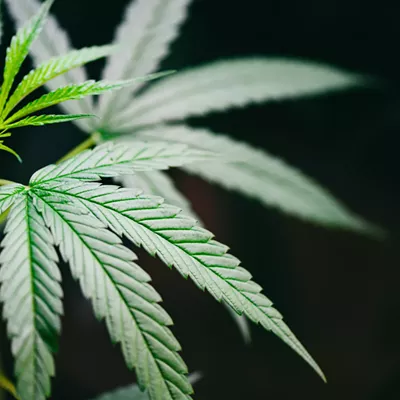Adult-use sales of cannabis have been legal in Ohio since December. There’s just one problem: There’s nowhere to buy it.
Like other states, the transition of the cannabis industry from a medical to recreational market has been complex, confusing and vague. Customers are eager, but the rigorous guidelines for the rollout of recreational cannabis has been clunky.
However, Ohio’s Division of Cannabis Control paved the way for a dual-licensing program. That allows for state-licensed dispensaries to sell medically and recreationally. Yet, this process lies in the hands of a new, small state-led staff.
In mid-July, the Division of Cannabis Control announced its guidelines for conducting business when permitted. Most notably, dispensaries in Ohio are prohibited from:
• Giving out infused or uninfused samples
• Playing music outside the dispensary
• Consuming cannabis
• Providing food, complimentary or not
• Celebratory decoration outside of the dispensary
• Ribbon cuttings outdoors
Banning the consumption of cannabis within a dispensary is pretty standard. However, it is always interesting to reflect on the ways in which a state must introduce the legal sales of cannabis. The process tends to require a quick pivot from a small industry to a larger one. Establishing protocol for a recreational cannabis industry within a previously medicinal market is more complicated than one might think.
Ohio legalized medical cannabis in 2016, laying the groundwork for what was to come. In fact, states that initiate a recreational program tend to begin with solely allowing medicinal cannabis purchases. That allows each state to explore the process of what a legal landscape of cannabis truly looks like. This often means that once a state is able to initiate a recreational program, new jurisdictions and protocols must be established in order to be compliant with state-led regulations; a process that is easier said than done.
Regardless of a lack of fanfare, legalizing recreational cannabis is substantial, no matter what; it’s a reminder that the cannabis industry is constantly evolving.
But in terms of what is allowed, dispensaries in Ohio may play music within a dispensary (as long as it’s not live music), provide non-alcoholic beverages inside, empty product displays (provided they aren’t visible from outside), inside decor, and indoor ribbon cutting ceremonies. Similarly, dispensaries cannot take photos or videos without the consent of the patron.
Violations of these guidelines are subject to a fine of up to $50,000, along with separate disciplinary measures.












